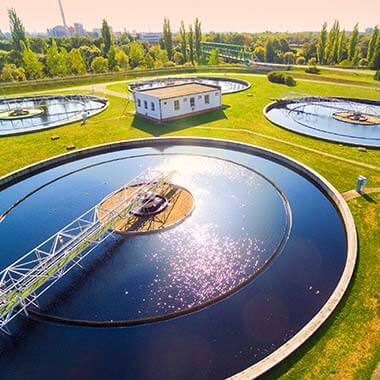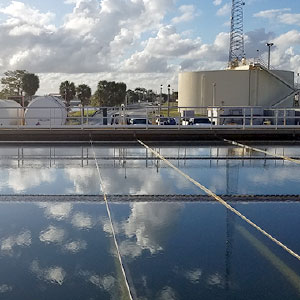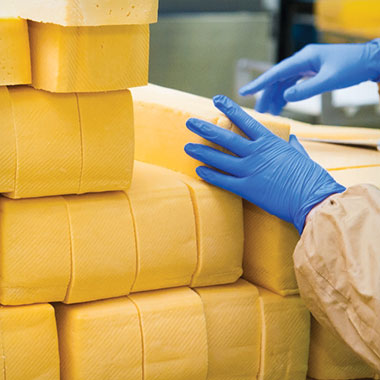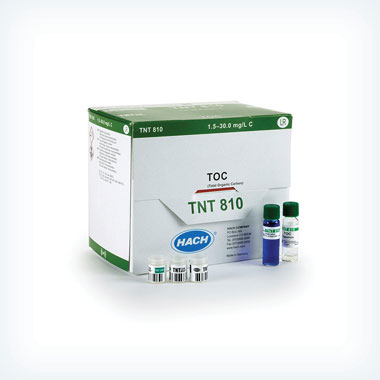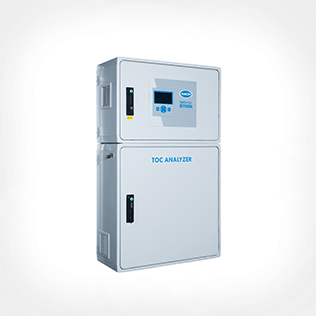Total organic carbon is a measure of the amount of organic compounds contained in a water sample. Organic carbon-containing compounds can either be dissolved in water or exist in water as undissolved, suspended material, or liquid. This organic matter can enter water naturally and through man-made sources/processes. Examples of organic matter are plant or animal based, or synthetic substances containing carbon and other elements defining organic compounds. Inorganic matter is mineral carbon-containing compounds.

Why Measure TOC?
While organic matter isn't necessarily toxic, high concentrations in water can significantly impact ecosystems and damage equipment when left unchecked and untreated.
Avoid Environmental Consequences
Organics can be toxic to the environment in rivers or streams, even if the compounds themselves are not directly toxic. By depleting oxygen levels in water, organic waste can lead to fish suffocation and can affect water ecosystems in many other ways.
Ensure Compliance with Regulations
Organic compounds are precursors for disinfection by-products (DBP), which are strictly regulated in the drinking water industry. Measuring TOC makes it possible to implement the right treatment to reduce the formation of DBP to comply with the regulatory requirements. Industries and municipalities that do not properly monitor TOC may fail to comply with laws and regulations, incurring fees or fines. There are additional financial consequences for exceeding permit limits for discharge.
Business Efficiency & Integrity
The organic compounds in products can have a detrimental effect on taste, odor, aesthetics and customers’ perceptions of quality. Excessive organic content in source water can influence the cost of production, cause contamination, result in charges for wastewater treatment, present challenges to meeting regulations and bring about negative environmental consequences that could harm the reputation of a business.
Wastewater Treatment
Events outside of the normal or expected process can affect the organic load. These events can disrupt or even be catastrophic to the treatment process. Monitoring TOC in wastewater influent and effluent can allow the plant to manage the treatment process efficiently, redirect the water as needed for retention and additional treatment, and avoid violations of the discharge regulations.
At Hach ®, find the testing equipment, resources, training and software you need to successfully monitor and manage TOC levels in your specific process application.







